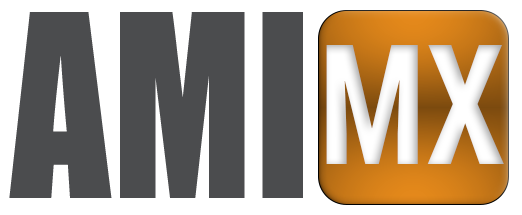Overview
This section will cover creating a Weight and Balance form from AMI. Like other pages inside AMI, the Weight and Balance is divided into three cards: Instructions, Audit Contents, and Weight & Balance Worksheet. Use the Collapse Card icon 

Instructions Card
The Instructions Card at the top of the screen explains the origin of the Weight and Balance “source data” and how to review the contents of the worksheet.
Audit Contents
This section will allow you to review the parts that are included in your Weight and Balance. You will notice different warning icons in the Status column – these icons denote potential errors. Mouse-over the icon to view the nature of the warning. For example, mousing-over a Red Warning Triangle will tell you that the item has been marked to be included in the weight and balance, but either the item is not picked or no weight has been provided. To add a weight value to your part, click the part number in the Requested & Picked section on the work order, click on the part number to link to the inventory system, and then add the weight to the Master Part Record. By adding the weight to the Master Part Record, this weight will be available for this and future weight and balance calculations.
An Orange Warning Triangle 
means that picked items are not in the weight and balance. A Green Checkmark
means there are no obvious issues. Warnings are not necessarily errors – for example, excluding items with negligible weight, is normal.
Weight & Balance Worksheet
To begin the Weight & Balance Worksheet calculations, you will need the “Aircraft As Received” weight. This information can be obtained from previous maintenance records in your customer’s logbook or by using a scale to weigh the aircraft.

Complete the form, then click the Insert into Sheet button, which will load the calculated Basic Empty Weight, the Longitudinal CG, and the Longitudinal Moment into the Weight & Balance Worksheet. Then
enter the aircraft’s Max Gross Pounds from the maintenance manual.
The Weight & Balance Worksheet will then calculate the values and show you the Aircraft As Modified weight. Select the Show Lateral Settings to expose the Lat Arm input fields (typically used in helicopter weight and balance calculations). Enter the Long Arm and Lat Arm values, make any necessary adjustments to the Unit Wgt column, then click the blue Save button.

If you see an error in the PDF or need to change something in the worksheet, click the Back to Worksheet link to return to the Weight & Balance Worksheet. Clicking the Archive button will add the PDF to your Document History located in the Customer Documents Tab.








Post your comment on this topic.